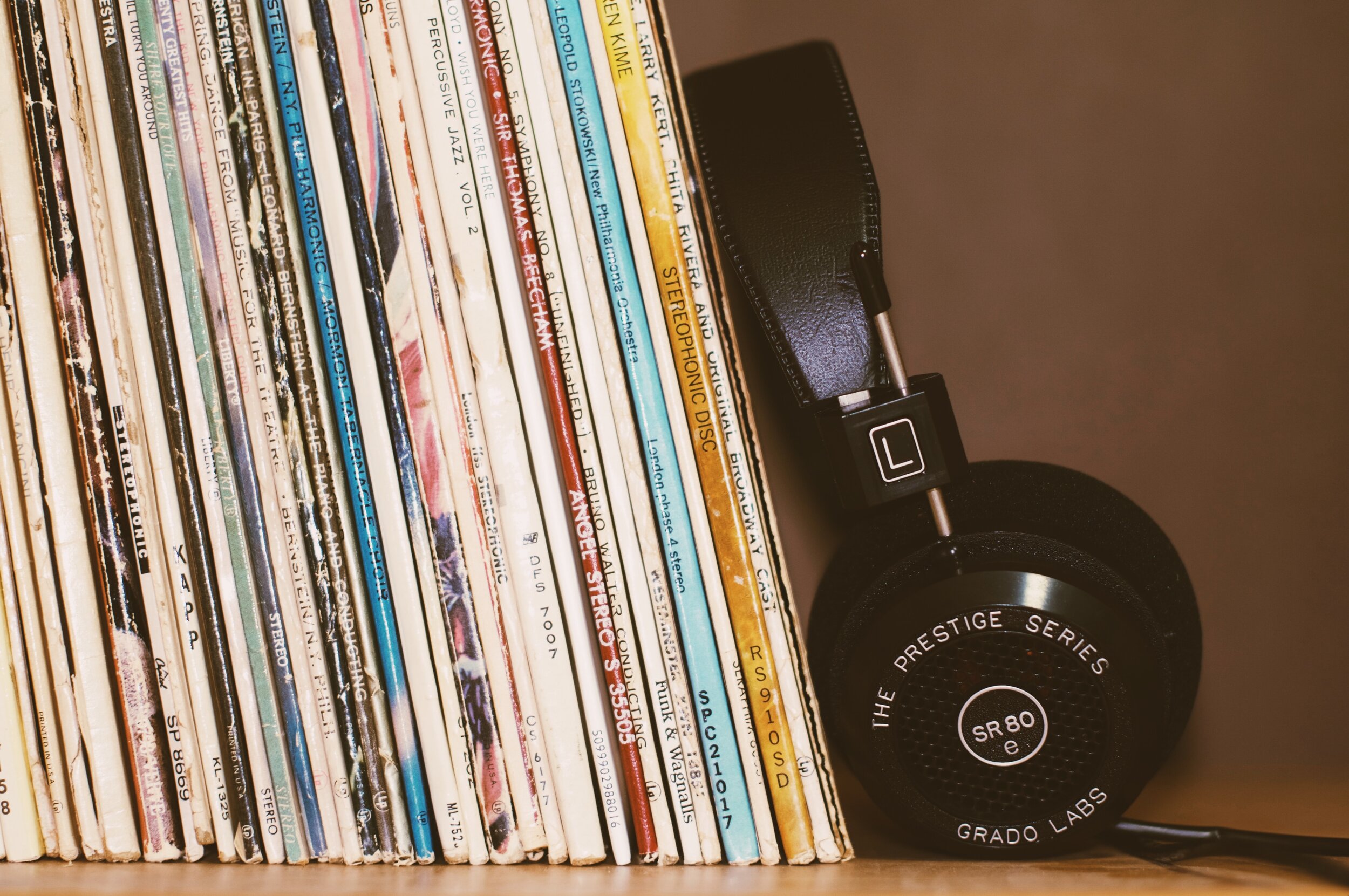How To Memorize a Large Amount of Material Quickly
If you’re a professional musician, you’ll be familiar with the following scenario: It’s Tuesday night, and you just got a call for a Friday night show, with 40-60 songs you’ve never heard before. If you’re starting out, you might be overwhelmed, or be tempted to bring an iPad or sheet music. You want to bring your A-game, which means having the material memorized and ready to go.
So what’s the best way to approach this? The most important thing is to experiment and learn what works best for you, but I thought I’d share my process. I’ve used this for last minute calls, auditions, and even one group that asked me to learn over 120 songs in 3 weeks, while I was performing 5 shows a day. The order is important - and is based on coarse-to-fine learning. Give it a shot, and see if it helps you deliver the best results for opportunities that come your way:
Make a Playlist
Do this right away. It might not feel like it’s making a difference the first few times through, but after the 10th time listening, you’ll be amazed at how much you’ve internalized. If you have over 40 songs, make sure you are getting through the entire playlist at least 2 times a day. This might add up to 5 or more hours, so make sure you have headphones in as you’re doing other things, and keep the music going as you complete the next few steps.
2. Make Flashcards for the Key of Each Song
While listening to your playlist, make flashcards with index cards, or whatever you have available. On the front, write the name of the song, and on the back, write the key (C major, F minor, etc). If you’re going to be playing the song in a different key, put an asterisk next to the letter, and in parenthesis, write the key you’ll be playing in. Drill these flashcards until you’re getting through the whole list, with only a few mistakes. If you get a card correct, take it out of the deck, if you get it wrong, move it to the back. Just like Spanish class.
This is important because you’ll start to hear these songs for what the notes and chords really are. Even if you’re just listening to the playlist passively, you’ll be subconsciously filling in names of chords, and notes of melodies. When you start running the material, you’ll be amazed at what you already know.
3. Use a Shorthand to Outline Song Structure
I like to use the number of bars, followed by an abbreviation of the type of section (vs = verse, int = intro, brk = breakdown, etc.), and a comma, to indicate the layout of the song. So a typical song might look like this: “4int,4vs,4ch,4vs,2brk,8ch,4brg,4outro.” This will probably take some time, but it’s time well spent. Once you’re done it’s good to look them over, and make corrections, but hold off on drilling these for now.
4. Use Flashcards to Manage Your Progress as you Begin to Practice the Material
Here’s where it gets interesting. You can use the structures you’ve outlined as memory aids as you begin to practice the material. By having the flashcard in front of you, you can focus on learning the right material for the verse, chorus, etc, and get some solid run-throughs without worrying about missing transitions. As you work through the songs, you can begin to organize the flashcards into 4 groups:
It’s solid - You’re not worried about this song; it’s as prepared as you need it to be.
It’s not there yet - You’ve made good progress, but need another session or two to nail it down.
It needs shedding - You might need to hit some riffs or sections with the metronome.
It’s easy, but the structure is complicated and confusing - The song’s not very hard to play, but there are very inconsistent section lengths, and there’s a highly non-traditional song structure that’s difficult to internalize.
5. Shed “Group 3”, and Drill Structures for “Group 4” Away From Your Instrument
Work on the tough stuff from Group 3. Take the flashcards for Group 4 (complicated song structure) away from your instrument. Memorize them entirely, so you couldn’t forget them if you tried. It helps to write out the shorthand a number of times for each one. Don’t take any chances.
6. Repeat Steps 4-5
As you might have guessed, you can move flashcards to different groups as you gain more competence with the material. I have a few tips to avoid burning out at this stage:
Space out the flashcards you take from Group 3 or 4 to practice. It’s much easier to have every 4th or 5th song be a difficult one, rather than blitz through all the hard stuff at once. I like to divide the total number of songs by the number of difficult ones, and space them out evenly.
Continue listening to the playlist and drilling key signatures in your spare time. Try to get through this twice a day.
Sleep
7. Knock it Out of the Park
Go make some music- If you’re solid on the material, you can let loose and have a great time, and the audience will too.
Conclusion:
This is the most effective way I’ve found to memorize large amounts of material quickly. Everyone’s process is different, but I hope you give this a try sometime and see if it works for you.
- Mark Sieling, RT Studios
See more from RT Studios:







